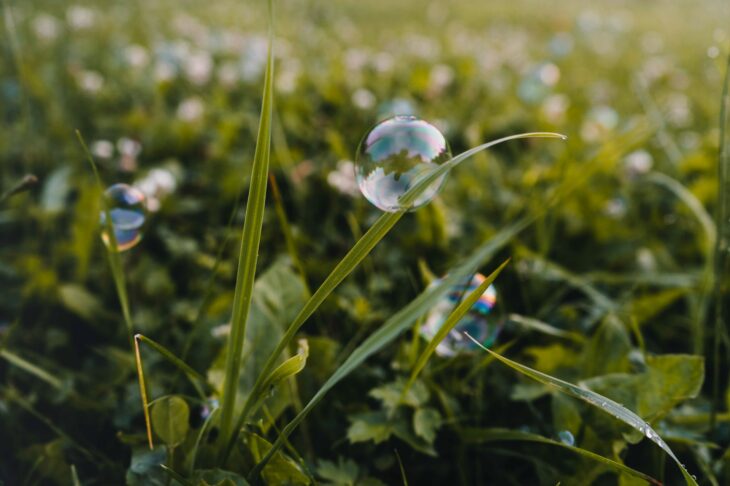
Is DIY Asbestos Removal Ever Safe?
Short answer? No. It’s easy to assume that if you’re handy around the house, you can handle whatever your property throws at you. Knock down a wall, rip up a floor, replace the ceiling… sure, why not? But when asbestos is involved, that confidence can come at a serious cost.
This isn’t just another job that requires a dust mask and a bit of caution. Asbestos exposure is dangerous, legally sensitive, and in some cases, irreversible.
What’s the Real Risk?
Asbestos doesn’t pose much of a threat when it’s sealed up and undisturbed. But when you start drilling, sanding, cutting, or removing materials that contain it, things change fast. You won’t see the fibres in the air, and you won’t know you’ve inhaled them—but your lungs will. And they won’t forget. This is why professional asbestos removal is a necessity.
Exposure to asbestos is linked to some of the most severe long-term health conditions out there. We’re talking mesothelioma, asbestosis, and other serious respiratory diseases. What makes this worse is how quietly it works. You can feel perfectly fine for years, even decades, before symptoms appear. That delay is what makes it so dangerous. You don’t get a warning sign when you’re in the thick of it.
Where It Might Be Hiding
A lot of homes built before the late 1990s still have asbestos-containing materials. It was widely used in construction, especially for things that needed to be fireproof, insulated, or durable. The problem is, many of these materials still look completely normal.
You might find it in things like old ceiling coatings, floor tiles, pipe insulation, garage walls, and roof sheets. It was even used in certain types of textured paint and wall finishes.
The trouble is, you might not recognise it. And even if something looks like it contains asbestos, you can’t confirm it just by sight. It needs lab testing to be sure.
Testing Isn’t the Green Light
Some people assume that as long as they get the material tested and confirm it’s asbestos, they’re fine to remove it themselves. That’s not how it works.
Licensed asbestos removal professionals are trained in very specific procedures. They wear protective gear that seals off their skin and lungs, they use specialist equipment to control fibre release, and they know how to set up containment areas to stop fibres from spreading around the building.
On the other hand, DIY attempts usually involve a dust mask, a pair of gloves, and a few rubbish bags. That’s not going to cut it.
And it’s not just about protecting yourself; disturbing asbestos without proper controls puts other people at risk too. Fibres can settle in carpets, on clothing, and inside air ducts. They don’t just disappear when the job is done.
The Legal Side of Things
Even if you’re not worried about your health (though you really should be), there’s a legal angle that can’t be ignored. In many areas, it’s actually against the law to remove or dispose of asbestos without the right licence.
Authorities take it seriously, and for good reason. You can’t just dump it at your local tip or hide it in your household waste. Disposal has to follow a very strict chain of handling, packaging, labelling, and transport. Otherwise, you’re looking at fines or worse.
Common Misunderstandings
There’s a lot of DIY advice floating around online, and not all of it is safe or accurate. A few common myths tend to come up again and again:
People often assume that small jobs are low-risk. They’re not. Even a tiny amount of disturbed asbestos can release thousands of fibres into the air. Others believe that any old mask will protect them, but unless it’s a properly fitted respirator designed for asbestos work, it won’t.
Another dangerous assumption is that if you’ve done it before and felt fine, it must be safe. Unfortunately, that’s not how asbestos works. There’s no immediate reaction. You won’t cough or feel dizzy. The damage is silent and slow, which makes it easy to underestimate.
What To Do Instead
If you’re planning renovations in an older property and think asbestos might be present, the best move is to pause everything and get a professional in to assess the situation. Don’t try to take samples yourself. Don’t try to chip away at it “just to check.” And definitely don’t disturb the area any further.
A licensed inspector can safely identify the material and explain what needs to happen next. If removal is required, they’ll make sure it’s done without putting anyone at risk and that it’s disposed of properly.
It’s not the cheapest route, but it’s the only responsible one. Trying to cut corners with asbestos can end up being far more costly down the road, both financially and in terms of health.
The Bottom Line
DIY is great for a lot of things, but not this. Asbestos removal isn’t something to take lightly. The fibres don’t just affect you in the moment; they can stay in your home, your clothing, and your lungs, quietly causing damage long after the work is done.
There’s no safe way to DIY this. No workaround. No clever hack. If asbestos is on your radar, the safest thing you can do is back away and call someone who knows exactly how to handle it.

